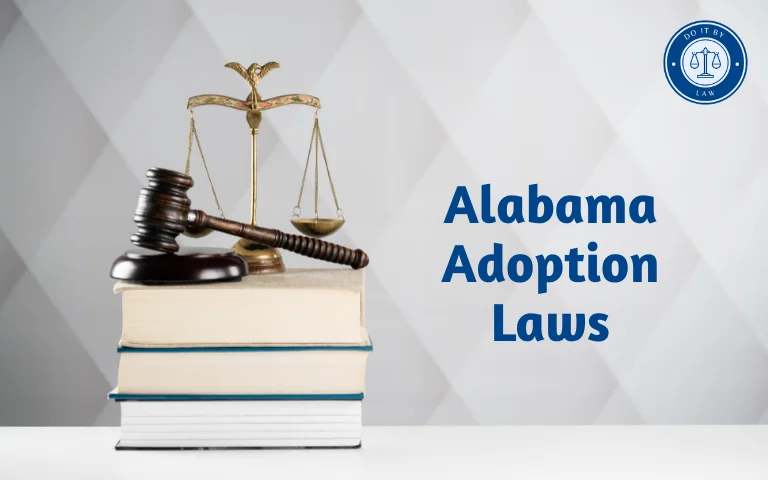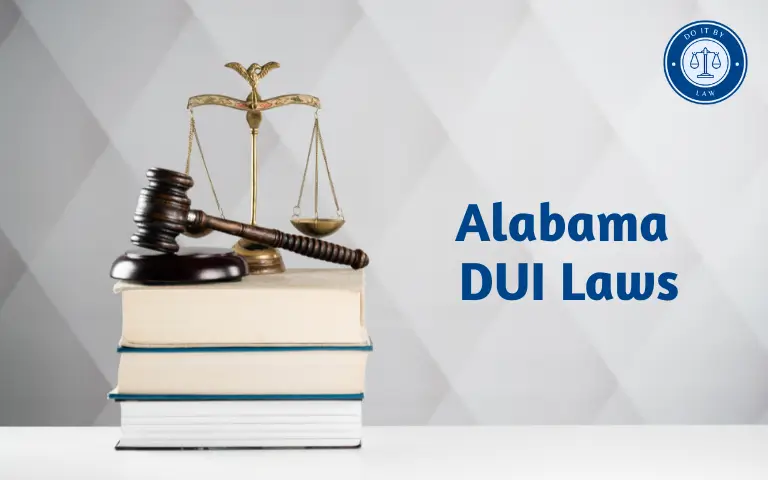Alabama Hands Free Law: What You Need to Know
In 2019, Alabama enacted a statewide hands free law prohibiting drivers from using handheld cell phones. Understanding the origins, provisions, fines, and ongoing debates around this law allows drivers to stay compliant and focused on the road. This guide covers everything you need to know about proper Alabama Hands Free Law cell phone use and the recent changes in the law
When Was Alabama Hands Free Law Passed?
Alabama statewide hands-free law was enacted in September 2019 after being passed by the state legislature earlier that year. However, individual cities including Tuscaloosa, Montgomery, and others had already enacted local hands-free ordinances prior to the statewide law.
Alabama was a relative latecomer in passing a statewide ban on handheld cell phone use while driving. By 2019, the majority of other states had already implemented similar hands-free laws data showing reduced traffic fatalities in states with handheld bans motivated Alabama to follow suit.
The push for a statewide hands-free law in Alabama began around 2016 but took several legislative sessions to ultimately pass. Since going into effect, awareness and compliance have steadily increased, though enforcement varies.
Why Did Alabama Pass a Hands Free Law?
There were several compelling reasons Alabama banned handheld cell phone use by drivers:
- Improve roadway safety by reducing distractions
- Reduce traffic accidents caused by distracted driving
- Bring Alabama in line with other states’ laws
- Curb risky behaviors like texting while driving
- Simplify enforcement by implementing a statewide law
- Establish clear norms and expectations for drivers
- Save lives lost unnecessarily to distracted driving
Studies have repeatedly demonstrated the dangers of manual phone use while operating a vehicle. Hands-free laws address this public safety issue while still allowing communication via voice-activated features. By 2019, Alabama lagged in adopting such a law nationally but the state ultimately aligned with broader traffic safety trends.
Who Does Alabama Hands Free Law Apply To?
Alabama hands free law applies to:
- All drivers on public roads, including out-of-state drivers
- Both personal and commercial vehicle operators
- Drivers of all ages and stages, including learner’s permit holders
- Operators of all motor vehicles including cars, trucks, vans, motorcycles, RVs, etc.
There are very limited exceptions such as emergency personnel on duty. Otherwise, anyone behind the wheel of a moving vehicle on Alabama’s public streets and highways must abide by the hands-free requirement. This includes residents and visitors alike.
Key Provisions of Alabama Hands Free Law
Alabama hands free driving law contains some notable components:
- Handheld ban – Manual holding of phones for calls, texting, emailing, or using apps is prohibited while driving.
- Voice-activated allowed – Hands-free talking, voice texting, and voice commands for music or navigation are still permitted.
- First distracted driving offense – Infraction with fines up to $150 but no court fees or insurance points.
- Part of regular license exam – Understanding hands-free law is tested during all permit and license exams.
- Primary enforcement – Police have the authority to initiate stops solely for hands-free violations.
So in essence, the law mandates hands-free phone operation via Bluetooth, vehicle integration, mounted devices or other voice-controlled methods. However, it does not wholly prohibit talking or communicating by phone while driving.
What Are the Penalties for Violating Alabama Hands Free Law?
First-time violations of Alabama’s hands-free law incur a maximum $150 fine through municipal or district courts. Unlike most other traffic tickets, hands-free citations do not result in state court fees that typically double the total fine amount. No points go on the offender’s license either.
Repeat hands-free offenses within 5 years will result in doubled fines of up to $300. While penalties are relatively minor, the goal is primarily to modify dangerous behaviors through education and awareness rather than punitive fines. Nonetheless, breaking the law comes with some financial consequences.
How is Alabama Hands Free Law Enforced?
Enforcement practices around Alabama hands free law include:
- Primary enforcement – Officers can pull drivers over solely for hands-free violations.
- Observation – Police visually confirm manual phone handling by the driver.
- Reporting – Anonymous tips or traffic reports can spur the investigation of violations.
- Targeted stings – Some agencies run focused hands-free ticketing operations.
- Routine stops – Many tickets are issued incidentally during stops for other offenses.
So while routine observation is the most common method, hands-free compliance is also reinforced through special campaigns, citizen reports, and addon citations. Enforcement aims more at awareness than revenue.
Recent Changes and Challenges to Alabama Hands Free Law
A few developments have occurred with Alabama hands-free law since 2019:
- Public awareness – Ongoing education efforts by law enforcement and traffic safety groups.
- COVID masks – Using phones inside masks makes enforcement difficult with concealed handling.
- Tech advancements – New voice technologies and integrated dash displays affect usage.
- Calls to ban all phone use – Some advocates say hands-free risks remain and all phone use should be banned.
- Compliance improvements – Studies show a steady reduction in handheld phone use by drivers since the law passed.
While the core law remains intact, new technologies, pandemic masking, and debates over potential expansions continue to unfold. But Alabama appears committed to maintaining its current hands-free driving statute.
Frequently Asked Questions About Alabama Hands Free Law
Here are some common hands-free law questions:
Conclusion
Alabama statewide ban on handheld cell phone use aims to curb dangerous driving distractions. While debates persist, the hands-free law establishes legal parameters to promote safety on Alabama’s busy roads. Drivers should familiarize themselves with the dos and don’ts of phone use to avoid fines and stay focused on getting there safely. Buckling up and going hands-free keeps everyone’s journey on the right track.







